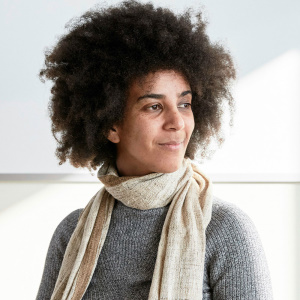Black History Month: Pioneers in Science and Technology, Part II
Throughout February, the Donald Bren School of Information and Computer Sciences (ICS) has been highlighting pioneers in science and technology on social media in honor of Black History Month. We started with 10 pioneers who led significant advances in the fields of science and technology, all while breaking down barriers. We finish the month with another group of pioneers, again spanning the early 1900s to present day, who have fought against discrimination while achieving ground-breaking success and further expanding access to opportunities for underrepresented communities.
Dorothy Vaughan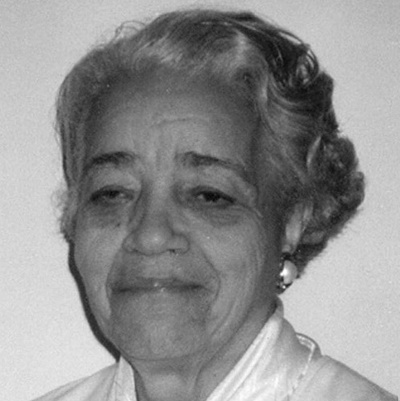
Born in 1910, Dorothy Vaughan was 15 when she was named high school valedictorian. She earned a B.S. in mathematics from Wilberforce University and was a high school math teacher before starting work at the National Advisory Committee for Aeronautics (NACA, the predecessor to NASA) in 1943. She was a “computer” at the Langley Memorial Aeronautical Laboratory in the segregated West Area Computing Unit. In 1949, she became NACA’s first Black supervisor, tirelessly advocating for the women she led. Before retiring in 1971, she became an expert FORTRAN programmer and contributed to the Scout Launch Vehicle Program. She died Nov. 10, 2008.
Mary Winston Jackson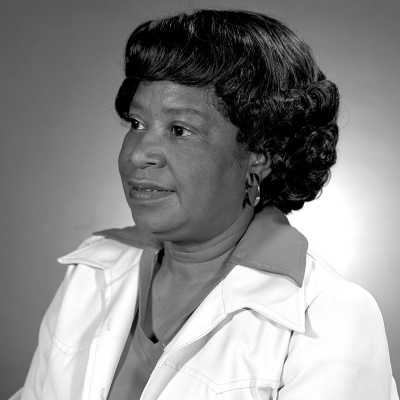
If you’ve seen the movie “Hidden Figures,” you know Mary Winston Jackson, along with her supervisor Dorothy Vaughan and colleague Katherine Johnson. Born in 1921, Jackson started working as a “computer” at the Langley Research Center at the National Advisory Committee for Aeronautics (predecessor to NASA) in 1951. After receiving special approval to enroll in advanced engineering classes at a segregated school, she became NASA’s first Black female engineer in 1958. In 1979, she became manager of Langley’s Federal Women’s Program, hiring and promoting female mathematicians, engineers and scientists. She died in 2005 at the age of 83.
Clarence “Skip” Ellis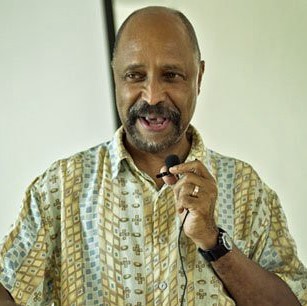
In 1969, Clarence “Skip” Ellis became the first African American to earn a Ph.D. in computer science. Ellis grew up in a poor neighborhood in Chicago. His interest in computers was sparked at age 15 when he worked as a night-shift operator at a manufacturing firm. While protecting against break-ins, he studied the computer manuals. After earning his Ph.D., he worked at Xerox PARC, where he pioneered Officetalk, a collaborative office work system. He later worked at companies such as Bell Labs and IBM and held faculty positions at universities such as Stanford University, MIT and University of Colorado. He passed away in 2014.
Mark Dean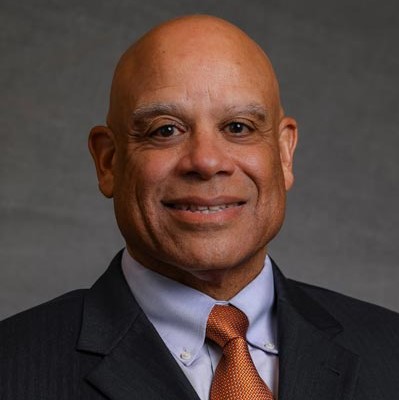
Mark Dean always loved building things, and in 1980, he helped build the original IBM PC. Working with colleagues, he developed the color PC monitor, the first gigahertz chip, and a system for plugging devices such as printers and monitors directly into computers. In 1995, he became the first African-American IBM Fellow. He later worked as CTO of the Middle East and Africa for IBM, exploring technology-based solutions for the region. In 2000, the California African-American Museum named him one of the “50 Most Important African Americans in Technology.” In 2013, he became a professor at the University of Tennessee.
John Henry Thompson
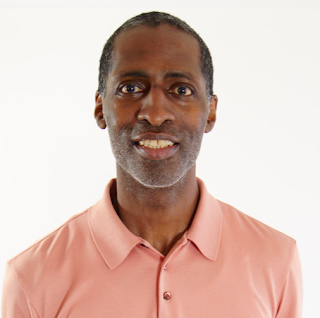
John Henry Thompson spent part of his childhood in Jamaica before moving to New York. Thanks to a high school math teacher and Youth Opportunity Program, he worked after school as a computer operator. He earned his B.S. in computer science from MIT, minoring in visual arts. He joined Macromedia and, in 1989, he invented the Lingo programming language used in Adobe Director. In 2012, he implemented the Digital Jam 2.0 project, creating job opportunities for Jamaican youth. He is currently a visiting scholar at the New York University Tisch School of the Arts and computer scientist at EP Visual Design.
Juan Gilbert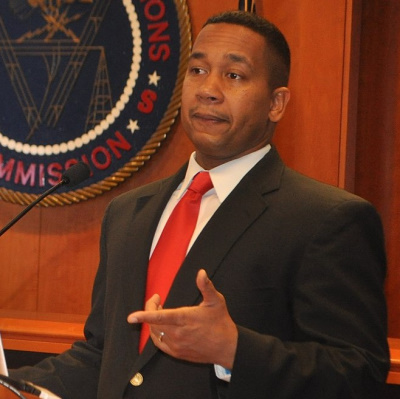
Juan Gilbert was the first in his family to attend college, and in 1998, he was the only African American in his computer science Ph.D. program. Now, as the Andrew Banks Family Preeminence Endowed Professor and Chair at the University of Florida, he tackles implicit bias and racism in technology. He is the inventor of Prime III, an open source voting technology, and in 2020, he developed a set of guidelines for diversity and inclusion in crisis. He is a Fellow of the AAAS, and in 2012, he received the Presidential Award for Excellence in Science, Mathematics, and Engineering Mentoring.
Ayanna Howard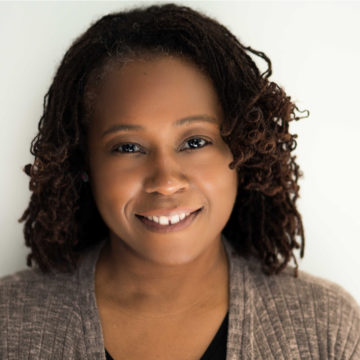
Inspired as a child by the TV show “The Bionic Woman,” Ayanna Howard has always had an interest in robotics. She earned a B.S. in engineering, an M.S. in electrical engineering, an MBA, and a Ph.D. in electrical engineering, robotics and computer science. She worked as a robotics researcher at NASA for more than a decade before co-founding Zyrobotics, an educational technology company that makes STEM learning accessible to all children. In 2015, Business Insider named her one of the most powerful women engineers in the world. In addition to serving as CEO of Zyrobotics, she is a professor at Georgia Tech.
Timnit Gebru
Born and raised in Ethiopia, Timnit Gebru came to the U.S. at age 15. She earned a B.S., M.S. and Ph.D. in electrical engineering from Stanford University, and, in 2017, she and Rediet Abebe founded Black in AI. The organization now has 3,000 members working on initiatives to increase the presence of Black people in the field of Artificial Intelligence. In 2018, she and Joy Buolamwini published groundbreaking work on discrimination in facial recognition. Until a recent controversy over another paper on the risks of language models, she was a research scientist at Google on the ethical AI team.
Loretta Cheeks
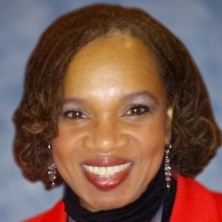
Innovator consultant and STEAM advocate Loretta Cheeks earned a B.S. and an M.S. in computer science and an MBA in technology management, and worked in industry for 20 years, before earning her Ph.D. in computer science. She credits an Adobe Foundation GEM Fellowship as being “the lifeline to my graduate education.” Today, she is CEO of StrongTIES, which she founded to promote K-12 STEAM education. She is also a member of the NASA Datanauts, a community of researchers working to solve data challenges. In 2016, she was featured by Verizon as one of “10 Incredible Black Women in STEM.”
— Shani Murray
